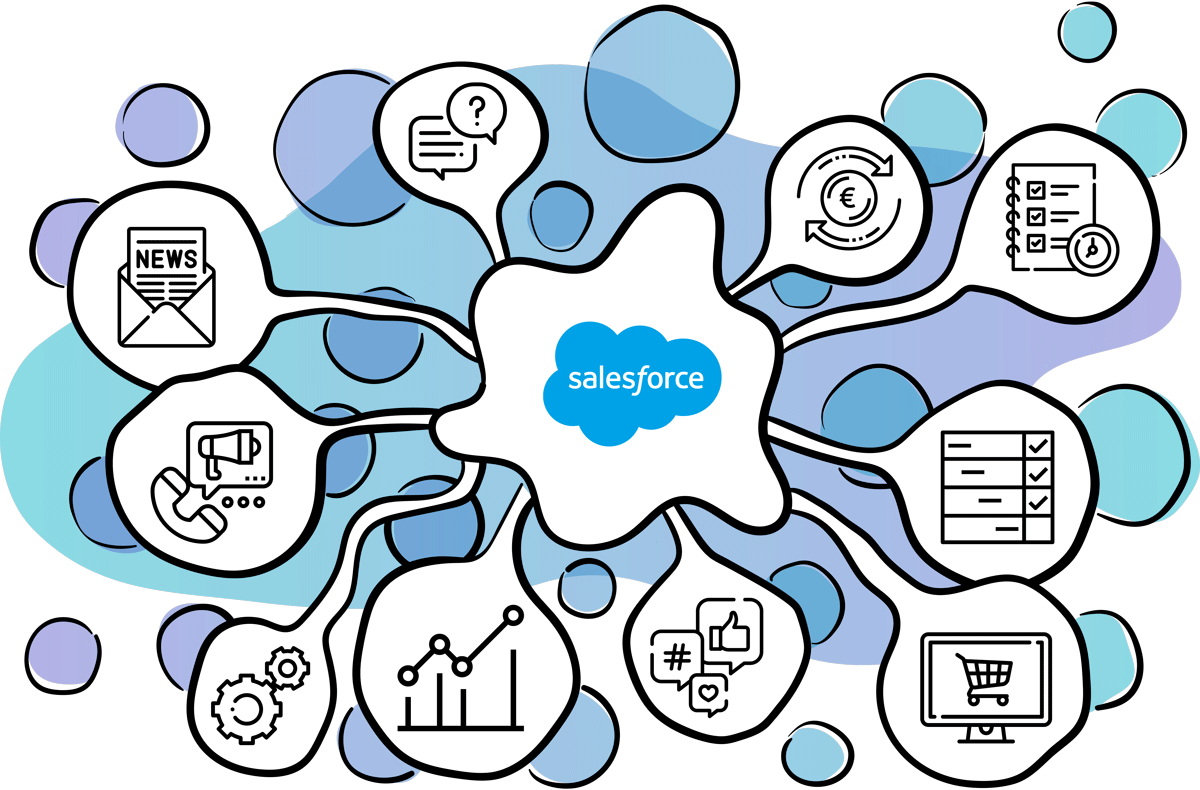Empire Cloud assists businesses in developing a plan for data migration. In order to meet corporate objectives, this plan ensures that sales and service teams always have access to the best data and that the data is always updated.

To facilitate a smooth data transfer to Salesforce, make use of the best data migration solutions. Our advisers have worked with a variety of migration tools for decades. They can provide the ideal answer for any corporation because they comprehend the complications of relocation, including data security.
Save your data safe and undamaged. Your business won’t be affected in any way by the completion of the relocation procedure.
Every migration is unique and requires planning ahead of time to ensure that all the essentials are taken care of, and issues are avoided. By creating a thorough migration plan, our consultants lower any possible hazards. Empire Cloud assists you with the process of moving data to Salesforce, which includes data analysis.

We determine which businesses require a migration to Salesforce based on your business requirements. We examine the source databases to determine whether or not they require any change.
We carry out quality assurance checks to confirm that Salesforce data transfer has been carried out correctly (i.e., the original data is shown accurately). We are aware that every data transfer procedure is unique, so before beginning the first stage, we must thoroughly understand the setup of your initial customer relationship management (CRM). We strategically map the present data to Salesforce in order to simplify the adoption of the Salesforce CRM system.

Our consultants transfer information into Salesforce from bespoke data stores, ERP, CRM, and support systems such as Oracle, NetSuite, Zendesk, SugarCRM, and Siebel Systems.

Our team collaborates with you to merge technology and business processes into a single, streamlined system—even when transferring data between Salesforce organizations.

We simplify complicated organizational splits, which occur when a larger company spins off a smaller one, requiring different business processes and data.